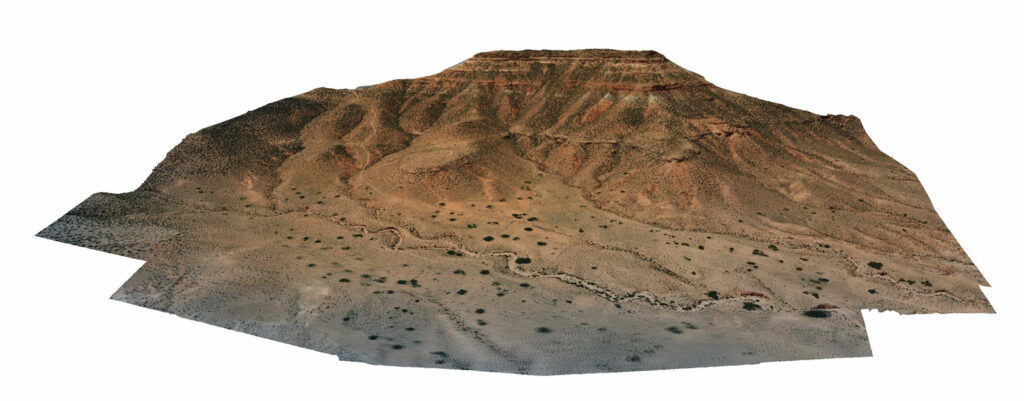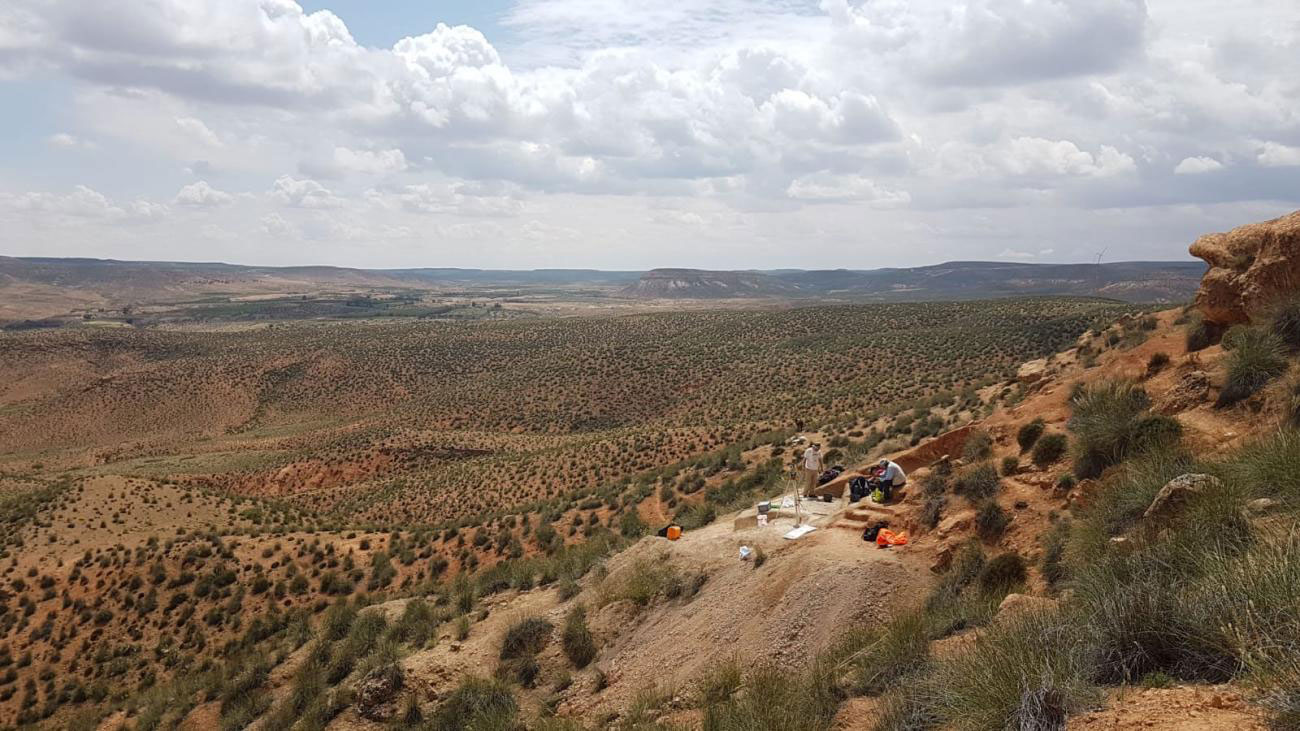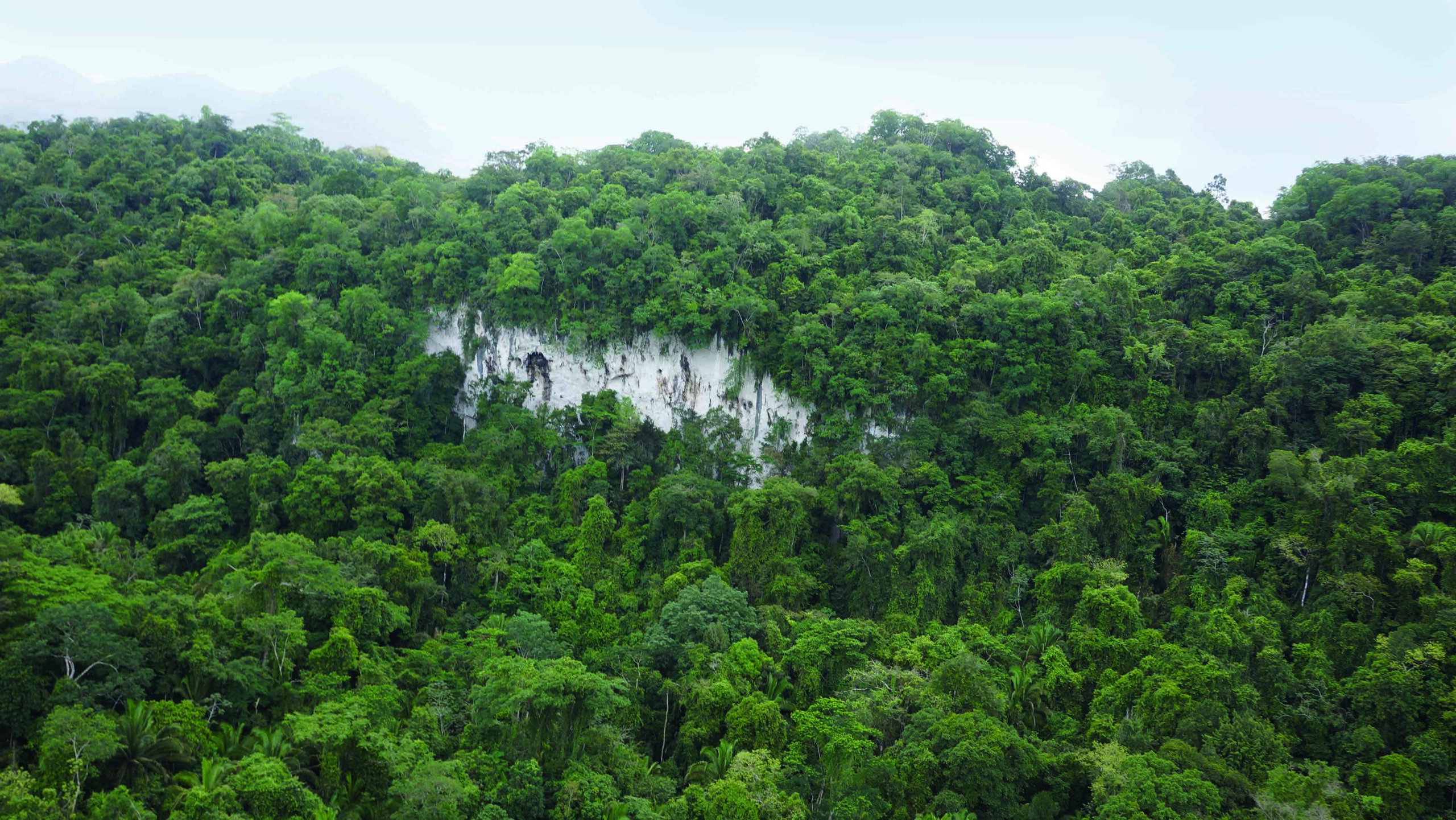TARRAGONA, SPAIN—According to a statement released by the Spanish National Research Center for Human Evolution (CENIEH), an international team of researchers led by Iván Ramírez-Pedraza of the Catalan Institute for Human Palaeoecology and Social Evolution-Research Centres of Catalonia (IPHES-CERCA) examined materials from the Guefaït-4 site in Morocco in order to reconstruct the environment of northern Africa some 2.5 million years ago, when the earliest hominins in the region arrived. First, they analyzed the wear on animal teeth and the isotopes in animal bones recovered from the site to reveal what types of food they ate. The researchers also studied pollen and microorganisms recovered from the site’s sediment layers. The study determined that there had been lagoons at the foot of the mountains at Guefaït-4, even though the region was mostly arid. Forests, wetlands, and open spaces also dotted the landscape. This regional mosaic environment may have allowed mammals and hominins from central and eastern Africa to migrate north, where the ecosystems may have been similar to their original habitats, the researchers explained. Read the original scholarly article about this research in Nature Communications. To read about the 300,000-year-old bones of early Homo sapiens found in Morocco, go to "Homo sapiens, Earlier Still," one of ARCHAEOLOGY's Top 10 Discoveries of 2017.












